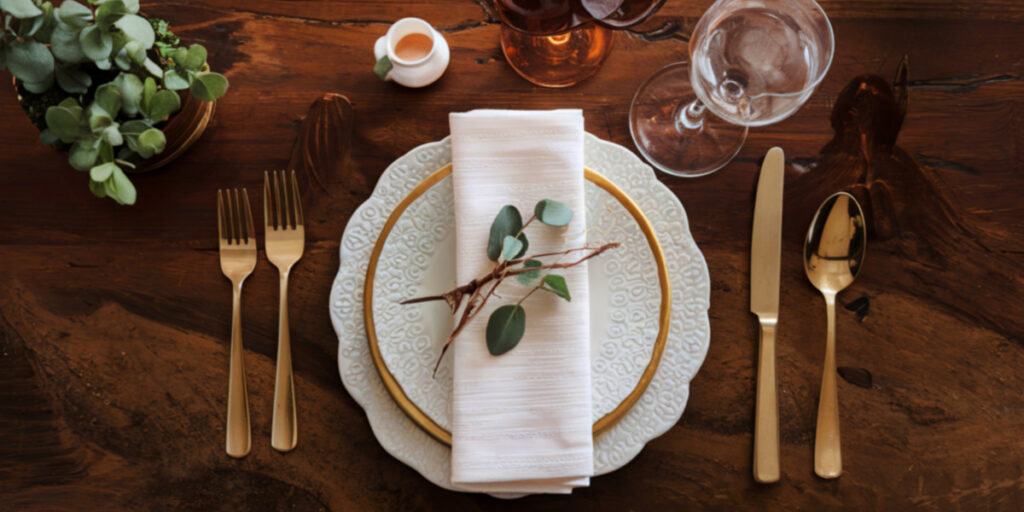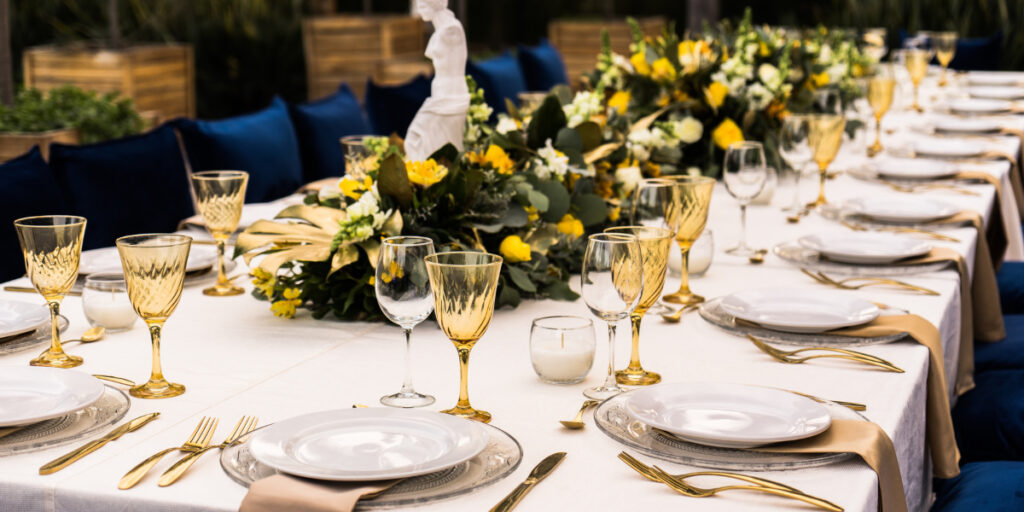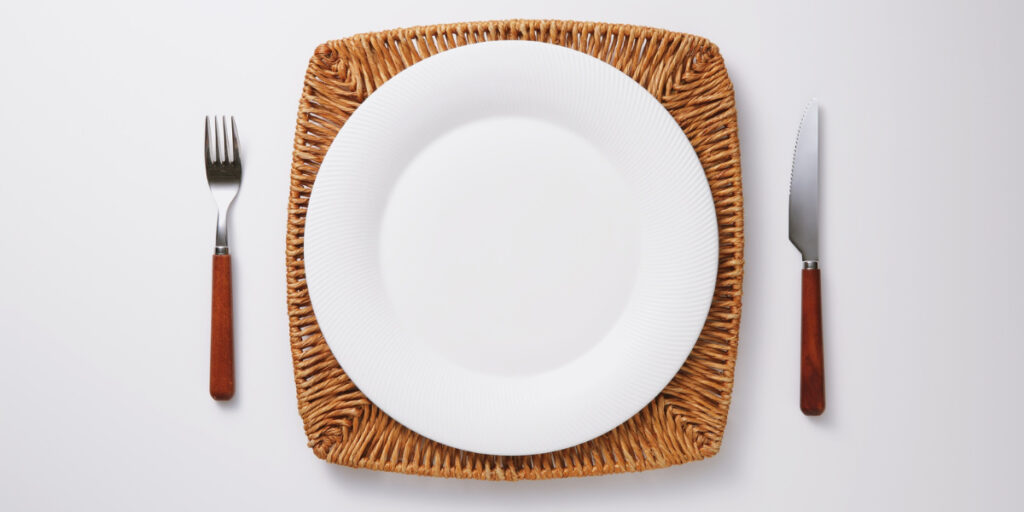
Few social skills make a quiet, lasting impression the way reliable table manners do. Most people remember more than just the conversation from a shared meal; how you carry yourself can influence everything from friendship to professional trust. A polished approach to dining — understanding when to speak, how to pass, and when to put your fork down — sets you apart.
Good habits aren’t just for etiquette buffs or formal dinners. Practicing considerate table manners shows respect for others, no matter the meal or guest list. These skills smooth any gathering and lower stress, inviting connection and comfort for everyone present.
As we dig into practical advice, you’ll find real-life examples, actionable steps, and memorable tips you can use anywhere. Whether dining out with business partners or catching up with old friends, you’ll be able to navigate each setting with confidence.
Greeting Others and Starting a Meal Right
A strong first impression begins before the first bite, so greet everyone warmly upon entering the room. Smile and make eye contact. This simple gesture welcomes others and sets an inclusive tone for the meal to follow.
Never rush to your seat or grab bread as soon as you sit. Place your napkin in your lap once seated, waiting for the host’s lead or the majority to begin eating. These steps demonstrate patience and awareness of those around you.
Observing Seated Etiquette
Before reaching for anything, notice where water glasses and bread plates sit: water to the right, bread to the left. Subtle glances around the table can confirm you’re following the prevailing rhythm and avoiding accidental mix-ups.
Try this phrase if you’re unsure where to sit: “Would you recommend a place, or may I sit here?” This courteously defers to the host’s arrangement, preventing unplanned shuffling and keeping the start of the meal organized.
If you must excuse yourself during the meal, place your napkin neatly on your chair instead of the table. This small gesture signals you’ll return, keeping the setting tidy.
Polite Greetings and Introductions
Meeting unfamiliar diners? Stand to greet anyone new, introducing yourself with a smile and a handshake if appropriate. It signals respect and puts everyone at ease from the outset, fostering warmer conversation during the meal.
When helping others with introductions, use clear cues: “This is Alan, our project manager; Alan, meet Sarah, our design lead.” Full names and a brief context help everyone remember each other and join in easily.
Wait to start eating until everyone at the table is served — unless the host urges you to begin. This universal sign of consideration and patience makes everyone feel valued from the opening moments.
| Scenario | Right Action | Common Error | Quick Takeaway |
|---|---|---|---|
| Entering the dining room | Smile and offer a greeting to all | Sit silently and avoid eye contact | Start warmly to set the meal’s tone |
| Selecting a seat | Wait for the host’s suggestion | Grab the first available spot | Let the host guide the arrangement |
| Eating your first bite | Wait until all are served | Start as soon as your plate arrives | Show patience and consider others |
| Excusing yourself | Napkin goes on your chair | Napkin left on tabletop | Signal intent to return with courtesy |
| Making introductions | Stand, offer names and context | Sit silently, no introductions | Help guests connect from the start |
Handling Utensils and Navigating Place Settings
Mastering your utensils sends an immediate message of comfort and skill. Understanding the order and technique ensures you never stand out for the wrong reasons at any dining occasion.
Work from the outside in — the outermost utensils are used for the first courses. This isn’t guesswork; simply observe the sequence of food served and match accordingly, letting the meal guide your choices naturally.
Left and Right Hand Placement
Keep your fork in your left hand and knife in your right for the continental style. For American style, you may cut food, then switch the fork to your right hand for eating. Either is acceptable as long as you’re consistent through the meal.
- Place used utensils on the plate, not the table, to avoid stains.
- Rest utensils in the “4:20” position (fork and knife angled, tips up, handles resting at 4 and 8 o’clock) when pausing.
- Signal when finished by placing utensils parallel (typically at 4 o’clock) on your plate.
- Don’t gesture with utensils in hand — set them down before speaking.
- Use the soup spoon, not the fork, for first courses if soup is served.
Take note of others for guidance. When in doubt, watch your host discreetly to cue your actions. These small details build cohesive, gracious table manners without drawing unnecessary attention.
Specialized Utensil Scenarios
Sushi, shellfish, and desserts bring out their own set of tools. For sushi, you may use chopsticks or fingers for nigiri, but avoid rubbing disposable chopsticks together — it signals poor quality.
- For shellfish, use the provided fork or pick; avoid cracking loudly or splashing neighbors.
- Apply dessert forks or spoons as placed above your plate — they’re set there for a reason.
- Replace fallen utensils by requesting new ones from staff; don’t pick them up yourself.
- Never use another’s utensils, even by mistake. Apologize discreetly and seek a replacement.
- Observe unique customs (like bread plates to your left) when traveling, but clarify ambiguous cases by politely asking.
Every detail of utensil use clarifies your understanding of the setting, reflecting attentiveness and adaptability in any company.
Responding Tactfully to Dining Challenges
Managing unexpected situations demonstrates true etiquette. When something goes awry, maintain your composure: calmly handle spills, unclear food items, or an awkward guest with a constructive response.
Don’t draw attention to small mistakes. If you knock over a glass or drop food, quietly ask for assistance and clean up only what you can without causing a scene.
Handling Allergies and Food Restrictions
Alert your host to allergies in advance — never announce them once everyone is seated, unless pressed by circumstances. In a restaurant, mention dietary needs to your server discreetly before orders are placed.
If accidentally served a restricted food, politely explain, “I’m allergic and won’t be able to eat this.” Thank them for their understanding and move on, so the focus stays on the meal’s mood.
Avoid dramatic refusals or creating discomfort. Quietly reorder or swap your plate if possible so others can continue without disruption.
Managing Uncomfortable Conversations
Table manners extend to conversation topics. If divisive or sensitive topics arise, gently steer discussion to something all can join. For example, “Let’s hear about Jenna’s recent trip!” keeps things inclusive and energetic.
If someone persists, acknowledge, “That’s a tough subject — maybe we’ll circle back to it privately.” This tact allows everyone to redirect gracefully without embarrassing anyone.
Monitor your tone and volume: conversational tones work best, while jokes or sarcasm should be measured to stay respectful. Adapt to the mood, keeping the meal welcoming for all present.
Passing, Sharing, and Serving Meals
Knowing when and how to pass dishes, serve others, and portion food displays high-level courtesy. Guiding food around the table efficiently shows you care about timing and comfort for everyone present.
Always pass shared items like bread or condiments to the right, using the nearest hand. Accept a dish, then offer it immediately to the next guest rather than serving yourself first.
Family-Style Serving Details
When dining family-style, take a modest portion to allow others fair access. Avoid reaching across; instead, ask, “Could you please pass the salad?” Then thank your neighbor once they’ve helped.
For seconds, later rounds are fine once everyone has eaten. Use clean utensils each time, ensuring hygiene for all diners and preventing confusion at the table.
Hosting? Announce, “There’s plenty more—please help yourselves!” It lets guests know it’s polite to take more and encourages a relaxed, friendly flow at the table.
Serving Others With Care
Serving others first isn’t reserved for formal occasions. At Sunday brunch or business lunches, offering to pour water or serve a neighbor says, “I’m looking out for you.”
If sharing wine or beverages, pour your neighbor’s glass first, then your own. This simple step encourages reciprocal thoughtfulness, and builds a sense of camaraderie among the group.
Check in quietly if someone seems hesitant about a dish. “May I serve you some?” reassures them, and a gentle, open-ended question avoids putting anyone on the spot.
Knowing When to Speak and When to Listen

Graceful participation in table conversation anchors true table manners. Balancing talking and listening keeps everyone engaged and ensures that no one feels left out or overpowered during group meals.
Jumping into jokes or stories as soon as you’re seated can inadvertently derail introductions or ignore those who haven’t settled in. Give each person a chance to speak before launching into a long anecdote.
Body Language at the Table
Sitting up straight at the table, arms relaxed and not crossed, invites others into the discussion. Leaning in when listening signals engagement and helps direct attention in larger groups.
Resist checking your phone or scanning the room while others talk. Sustained eye contact, gentle nods, and relaxed posture all reinforce genuine interest and respect for others’ stories.
Suppose someone is cut off during conversation. Politely interject, “Sorry, I wanted to hear the end of Lisa’s story,” and then allow them space to finish. It models care for everyone’s contributions.
Sharing Conversation Equally
Balance speaking and silence by aiming for short, engaging answers followed by open-ended questions: “That’s my experience — what about you?” It invites quieter voices into the conversation loop.
Synchronize with people’s energy — quiet clusters may call for empathy, while larger tables benefit from directed, lively engagement. Always pause to let others weigh in, especially after heavy topics.
As a host, guide group dynamics gently: “Let’s check in with Steven — he’s been quiet.” Steering attention evenly makes guests feel welcomed and valued, building group rapport through attentive, intentional hosting.
Finishing the Meal with Professionalism and Warmth
Ending a meal well leaves a lasting impression. Avoid rushing; signal you’re finished by placing your utensils parallel on your plate. Sit back lightly and continue gentle conversation as others finish.
If you must leave early, apologize softly and thank your host. Gathering your things without a fuss and departing quietly signals respect and gratitude to everyone present.
Expressing Genuine Thanks
Thank your host before standing from the table. If you’ve dined out, thank the servers sincerely. “Thank you for a wonderful meal, I really enjoyed myself,” closes the meal warmly.
Written thanks or a follow-up message extends gratitude. A quick “Thank you again for hosting—it was a pleasure” by text or email adds a thoughtful finishing touch, strengthening relationships long after the plates are cleared.
If you’re the host, thank guests for their company and contributions, even small ones (“Thanks for bringing dessert!”). This appreciation encourages future invitations and a culture of reciprocity.
Handling Leftovers and Offers
If leftovers are available, never assume you may take some unless the host offers. When offered, accept or decline with thanks, showing that you recognize the host’s gesture.
If splitting a restaurant bill, suggest how (“Would you like to split evenly or by what we ordered?”) before the check arrives. This keeps matters clear and friendly, avoiding awkward haggling.
Always leave the setting as you found it: push your chair in, gather your belongings, and check for any personal items under the table before leaving. These habits show respect for your host and the space.
Building Habits for Lasting Etiquette Confidence
Consistent table manners don’t just impress others—they reinforce self-assurance and composure day after day. As small habits become second nature, you exude steadiness at any table, whether at home or in public.
Model these habits for friends, children, or coworkers. Teaching by example encourages mindful eating and thoughtful conversation, ensuring a ripple effect of good manners across circles and generations.
Each mindful action—from passing a dish with care to pausing before speaking—shapes the meal for those around you. These moments foster warmth and connection, making meals more memorable long after they end.
Frequently Asked Questions
- What should I do if I forget a table manner at a formal meal?
Simply observe your host and follow their cues. If you make a mistake, correct it quietly and move on without drawing attention. Genuine courtesy is more important than perfection. - How do I handle a utensil I accidentally drop?
Politely ask your server or host for a replacement rather than picking it up yourself. This keeps the table clean and shows respect for hygiene and others’ comfort. - Is it acceptable to use your phone during a meal?
Avoid using your phone at the table unless it’s urgent. If you must check your device, excuse yourself briefly to do so out of sight, preserving the mealtime atmosphere. - How should I handle unfamiliar foods?
If offered something new, try a small bite if you’re comfortable. Otherwise, decline with a smile and a simple, polite explanation: “Thank you, I’ll pass on this one.” - What’s the best way to leave a group meal early?
Let your host know in advance if possible, and excuse yourself quietly during a natural break. Thank everyone, collect your belongings, and exit with minimal disruption to the group’s enjoyment.

Essential Invitation Etiquette
Learn invitation etiquette to send invites politely, set the right tone, and make every guest feel valued before the event even begins.

